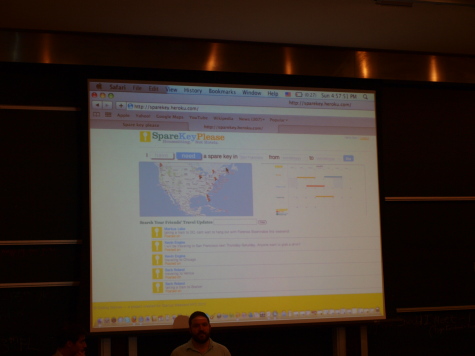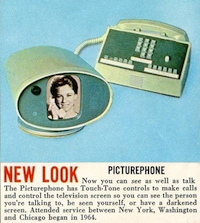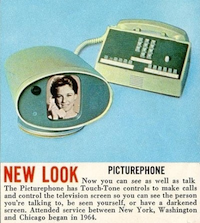 Let the games begin and ex parte filings flow! The FCC formally opened its proceedings yesterday on the classification of broadband Internet. The agency released a 64 page, footnote-chocked Notice of Inquiry, Framework for Broadband Internet Service, to set this round in motion.
Let the games begin and ex parte filings flow! The FCC formally opened its proceedings yesterday on the classification of broadband Internet. The agency released a 64 page, footnote-chocked Notice of Inquiry, Framework for Broadband Internet Service, to set this round in motion.
The document nicely explains the recent history that led to the agency’s third-way approach and the policy considerations at stake (universal service, privacy, public safety). I reviewed parts of this thing, especially the section covering recent legal history, and it all stands as a sobering reminder of how the FCC (under Chairman Powell) went completely off-course in 2002.
In the FCC’s 2002 Declaratory Ruling that cable modem was an information service, it called broadband cable a “single, integrated service that enables the subscriber to utilize Internet access service,” and that telecommunications component (the transmission part) was “not . . . separable from the data processing capabilities of the service.”
Even in 2002 that clearly wasn’t the case.Continue reading





 Google may have accidentally-on-purpose scooped up data while (war)driving in Germany, and its new option to change the background on its home page is just plain silly, but they did do something right in the last few weeks.
Google may have accidentally-on-purpose scooped up data while (war)driving in Germany, and its new option to change the background on its home page is just plain silly, but they did do something right in the last few weeks.





 Shown off at the Consumer Electronics Show in January, Freescale’s 7″ tablet
Shown off at the Consumer Electronics Show in January, Freescale’s 7″ tablet